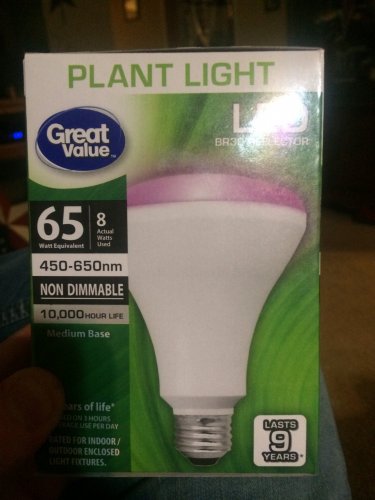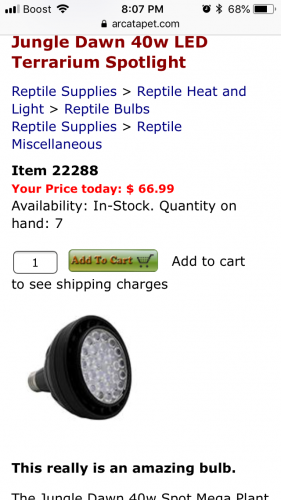CaseyBattershell
New Member
im having trouble keeping my plants alive. Currently I have a Rosa hibiscus. I have a heat bulb my 24in T5 and than three 6500k cfl bulbs which don’t seem to help my plants much. I just bought a LED plant light to see if it would help but I was wondering if it would affect my veileds eyes and it lets off a purple light. Here’s a pic of the bulb.




